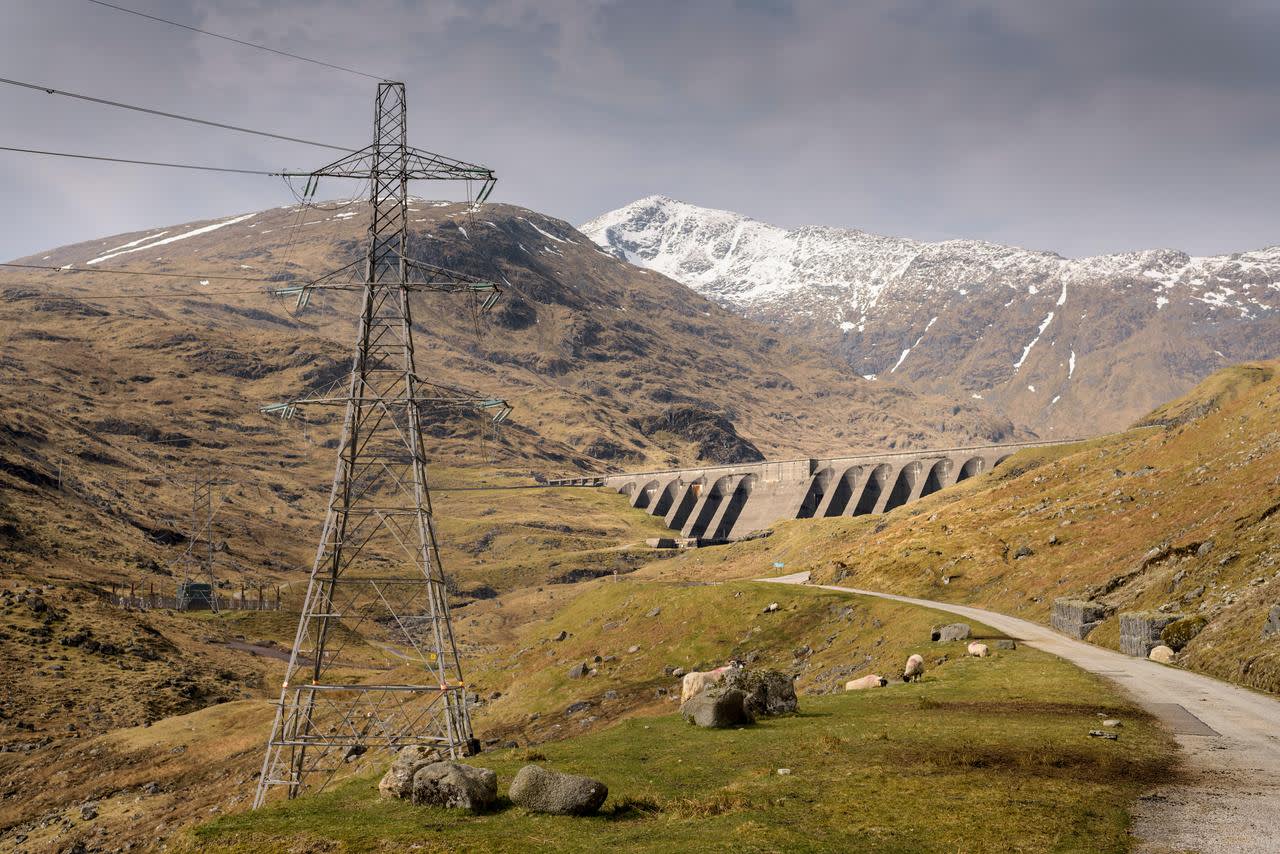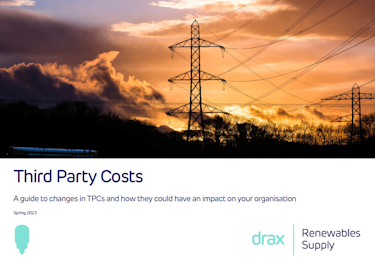The end of the Triads: How TNUoS charges are changing
National Grid ESO recently published the final Triad dates for winter 2022/23. We explore what these latest Triads showed us about peak electricity demand and examine the new scheme that’s replacing them.

What were the Triads?
Until February 2023, the Triads were the mechanism used to calculate the contribution that customers who use large amounts of electricity should pay towards maintaining and upgrading the electricity network. This was applied through the Transmission Network Use of System (TNUoS) charge.
The Triads often had the effect of reducing peak demand at certain points in the winter months. That’s because electricity users turned down their use when they estimated demand would be highest (and therefore likely to become one of that year’s Triads) in order to avoid paying extra TNUoS. As a result, less generation was often needed overall at these times than might otherwise have been expected.
When did the Triads fall?
The Triads fell in the three half-hour periods between February and November where the grid experienced the highest demand on the grid. They had to be at least 10 clear days apart.
Was it possible to predict the Triads?
Over the years, experts had become very proficient in predicting the Triads and in helping their clients to turn down their electricity use during these predicted periods. As a result a greater share of the burden of paying for maintaining and upgrading the network fell on those who could not reduce their usage in this way. This is one of the reasons why Ofgem introduced its Targeted Charging Review (TCR) in 2019 to consider new ways to get all high-using customers to pay a fair price for the network.
What did the last Triads show?
The Triads of winter 2022-3 showed that the gap between what might be considered ‘peak’ and ‘off-peak’ demand is closing. Peak demand was the lowest in the last decade at 39.573GW. That’s the first time one of the Triads has been lower than 40GW, and is over 3GW lower than the lowest Triad of 2021-2. This is a continuation of a trend that’s seen the average Triad demand drop by almost 17% in the past ten years.
Two of the Triads this winter saw their lowest level of demand ever, perhaps because of very high electricity prices, of increased energy efficiency, or of both. It’s not just the Triads that are seeing a fall in demand. The winter peak has decreased by more than 12% in the last five years alone.

What’s replacing the Triads?
From April 2023, the Triads will be replaced by a system determined by Ofgem’s Targeted Charging Review (TCR). The largest component of TNUoS charges is called the Transmission Demand Residual (TDR). Instead of being recovered via the traditional Triad methodology, this will now be charged as a fixed £/Site/Day amount, varying by meter type and band. You can find our forecasts for these costs in our Spring 2023 Third Party Costs Guide.
All businesses will be assigned a band based on their Authorised Supply Capacity (ASC) – essentially their maximum demand for any period of half an hour. Their band will determine how much they pay each day.
If you’re at the lower end of one of the bands, it may be worth investigating why your ASC has been set at that particular level. It may even be worth appealing it – because it could save your organisation a great deal of money.
You should be aware that the forward-looking locational element of TNUoS will continue to be recovered via the Triad methodology. This is much smaller than the TDR and accounts for only around 3% of total costs. The locational element is also being floored at zero from April 2023 onwards. This means that not all Grid Supply Point (GSP) areas will have a locational rate - find our forecasts for these costs in our Spring 2023 Third Party Costs Guide.
How is the Demand Flexibility Service helping to ensure stability of supply?
As we’ve already seen, TNUoS is changing following the implementation of TCR from April 2023. This means there’ll be minimal incentive for reducing demand during winter peak periods, as most of the cost will be fixed.
There will still be a need to reduce demand though. The growth of renewables means we’re moving from a system where power output expanded to meet demand to one where demand for power is increasingly managed to meet supply.
In summer 2022, National Grid Electricity System Operator (NGESO) published its early winter outlook analysis. This highlighted the risks and uncertainties of possible shortfalls in Europe’s gas supply for winter 2022, resulting in possible planned blackouts in the UK.
As a result, in August 2022, NGESO proposed a Demand Flexibility Service (DFS) trial to allow access to additional flexibility when national demand’s at its highest during peak winter days. The new DFS incentivises consumers, as well as some industrial and commercial users (through suppliers/aggregators), to voluntarily flex the times they use electricity. As part of the design of the service, NGESO committed to 12 test events with participants able to bid in at the Guaranteed Acceptance Price (GAP) of £3,000/MWh.
We’ve worked with our customers, including vehicle manufacturer Ford and SME FI Real Estate Management, to reduce their collective power demand by 287MWh during these test periods. A revenue of over £875,000 was achieved for participating customers.
In future, we’re likely to see DFS used more often to help balance demand for electricity with the likely available supply. We’d be delighted to help you if you’d like your organisation to benefit. Use the form below to let us know.
Find out more about the Demand Flexibility Service

